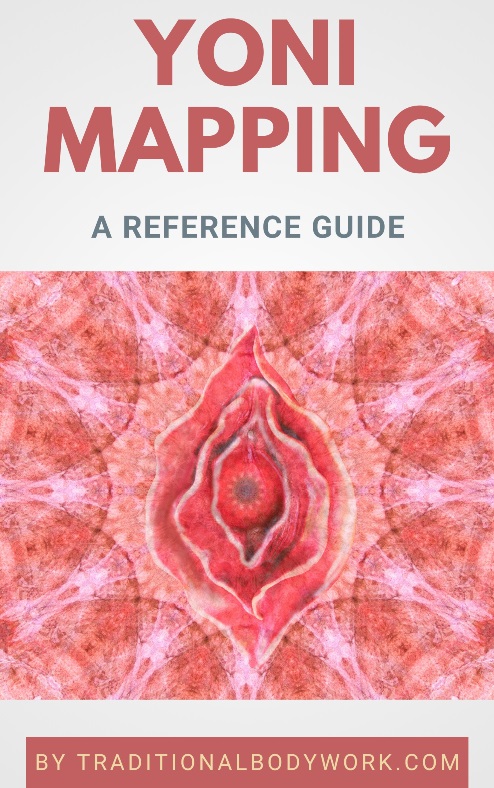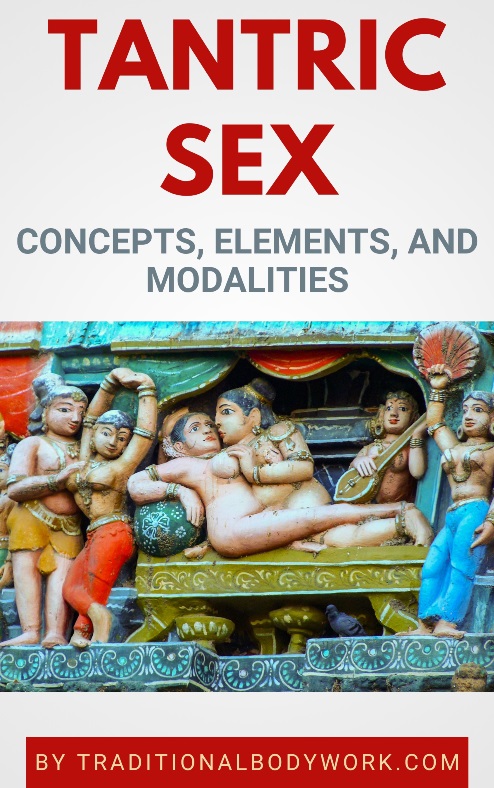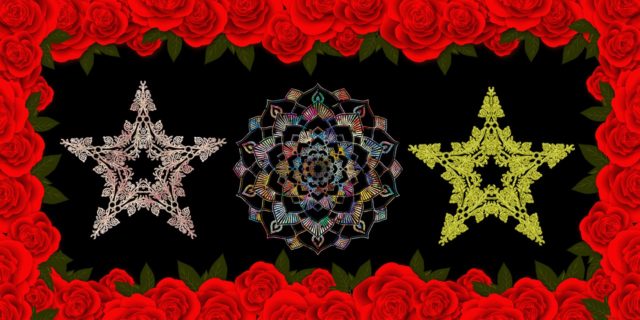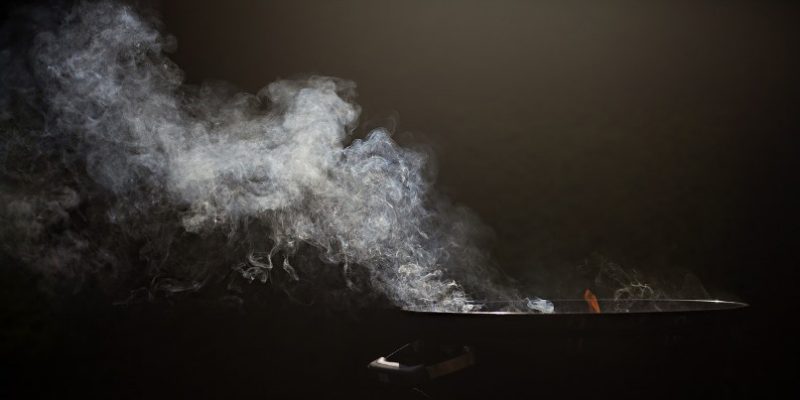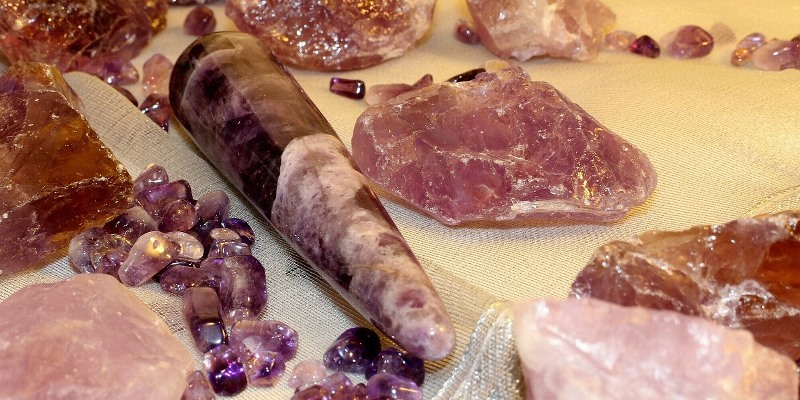
In the past decade or so, Yoni related practices have taken a prominent spot on the treatments front stage. Yoni Massage, Yoni Steaming, Yoni Showering, Yoni Eggs, Yoni Weightlifting, Yoni Gazing, Yoni Multi-Orgasm, and the like, have become immensely fashionable and popular on a global scale.
The “Yoni Revolution” is a continuation of the liberation of women as a group. The battle of women for equal rights on all levels (political, educational, legislative, financial, and much more), battles against sexual harassment and domestic violence, and sexual liberation, to name just a few topics, goes on.

Today, on the sexual level, and empowered by the Neo-Tantra and Neo-Taoist movement, many issues pop out of the taboo sphere, while embracing sexuality and sensuality on a more self-fulfilling, sacred, spiritual level.
Yoni treatments incorporate all that, and take things a step further. The “Yoni Movement,” just to give things a name, has a more individual, self-reflecting, self-liberating focus, one where a woman dives deeply into herself, accepting, cherishing and embracing her femininity … completely, on all levels, with inclusion of the physical, genital, and spiritual plane.
Of course, there’s a strong commercialization of everything Yoni, with slogans like “enhanced sexual pleasure,” “realize your feminine identity,” “revitalize your uterus and vagina,” “balance your hormones,” “vaginal anti-aging and tightening,” “discover your sacred femininity,” “de-armor yourself and your vagina,” “reawaken your inner goddess,” and so on.
Nevertheless, we also need to look beyond the obvious money-making business. As it is, the Yoni trend fits perfectly in contemporary times where the “self-improving woman,” the “free and independent woman,” and the “self-optimizing woman” have become important individual, personal aims. It profoundly nourishes the ideas of women who want to reach their full potential, their true inner self.

Many of the Yoni treatment modalities now popular have a traditional Asian background, notably from Traditional Indian Ayurvedic and Traditional Chinese Medicine. Other Asian countries, like for instance, Thailand, Malaysia, the Philippines, and Indonesia, have embraced those and mixed things with local folk healing experiences, techniques and methods, regional cultural peculiarities, and with that creating their own unique applications.
Today, the West increasingly takes up all that, and adds “new” and “enhanced” modalities to it. Yet, we do need to recognize that Yoni treatments (which include vaginal, vulva, uterine, and ovarian modalities) have been around for ages, all over the world — in Africa, Europe, the Americas, and in the Pacific.
The difference perhaps is that in Asia, sexual, sensual, and genital treatments have survived and flourished within strong, well-described, well-kept traditional medicine and healing systems. In general, perhaps, we could say that on other continents than Asia, traditional medicine systems are (almost) lost, or at best dispersed, barely surviving through individuals or certain indigenous groups or tribes.
It’s on the whole not so strange at all that Asia has become a welcome partner in the search for complementary, holistic, and alternative treatments in contrast and reaction to modern science based Western medicine and treatments.


